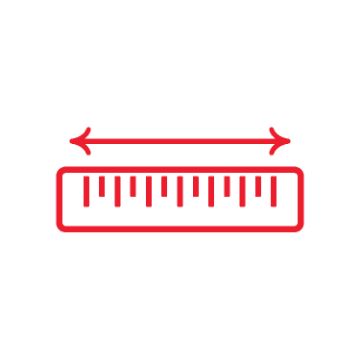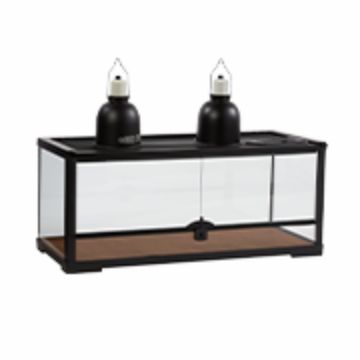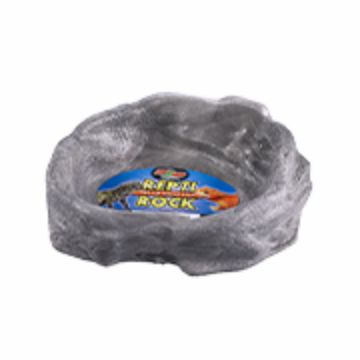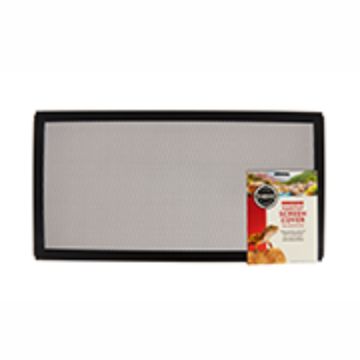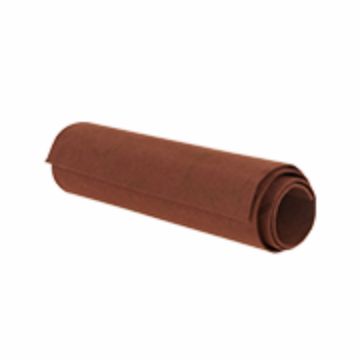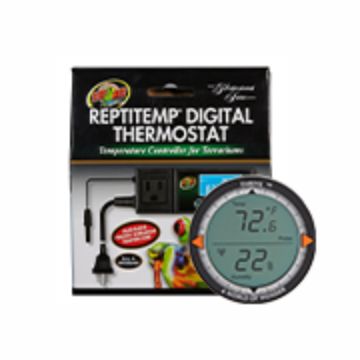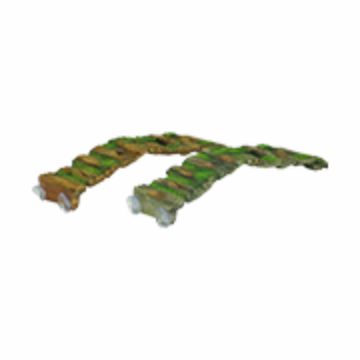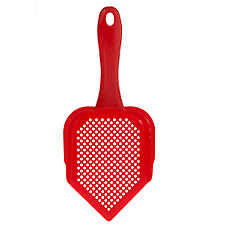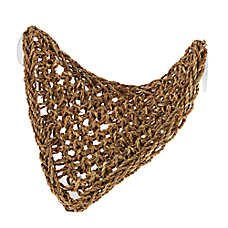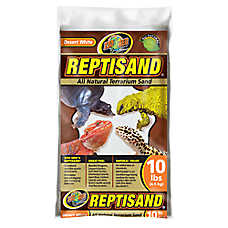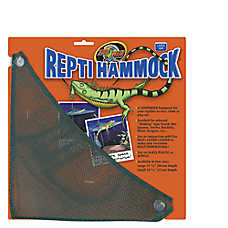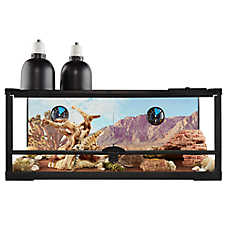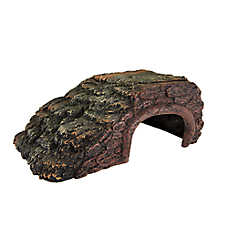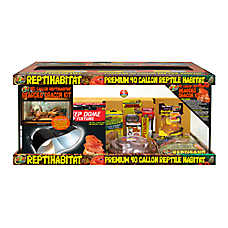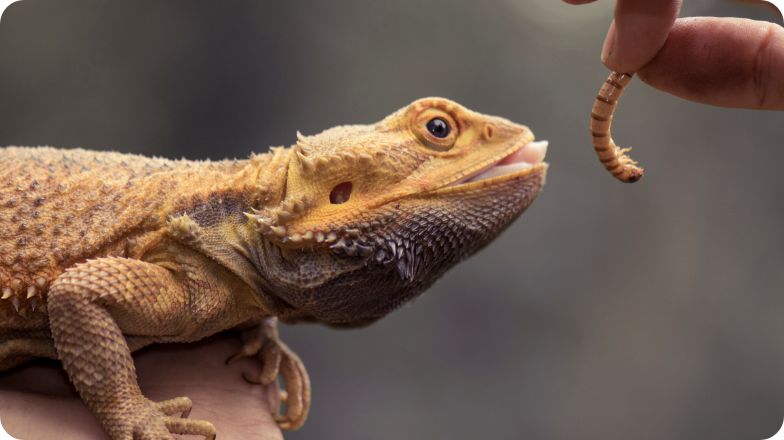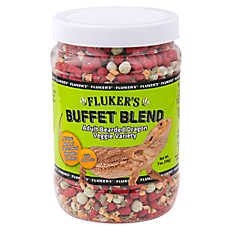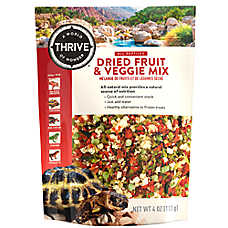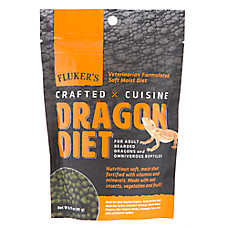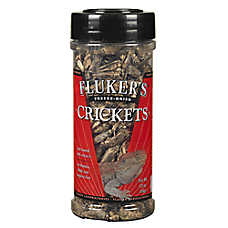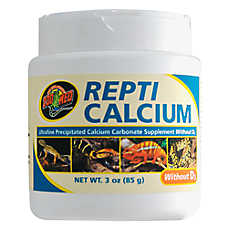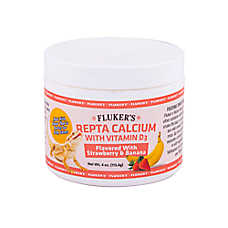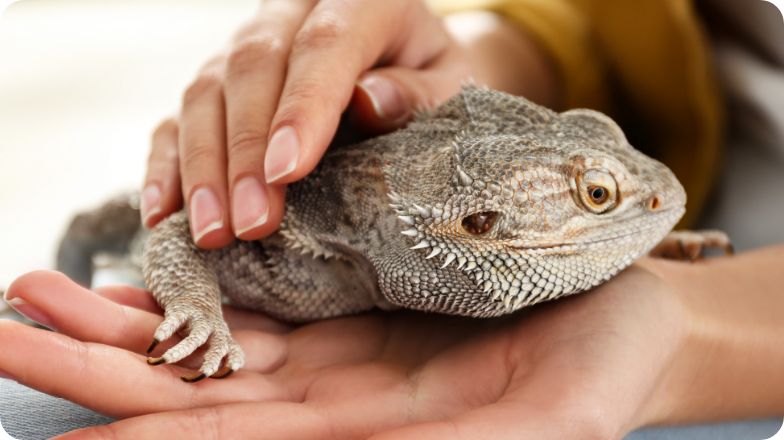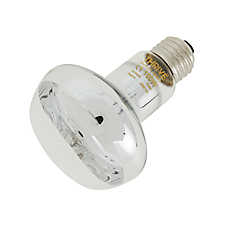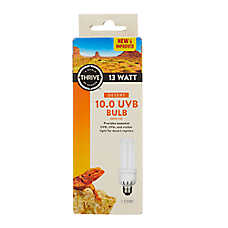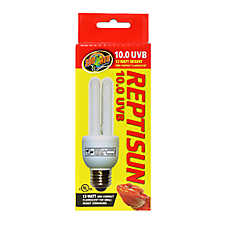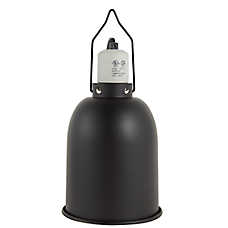Cold blooded & so cool
Dive into the exciting world of bearded dragons (or beardies).
Shopping Checklist
How do I set up a terrarium?
- Reptile carpet or tile is best for bearded dragons. Remove droppings as needed. Clean at least every other week.
- Bearded dragon terrariums require a temperature gradient (a cool side and a warm side). Add thermometer(s) and a hygrometer to monitor temperature and humidity. Mist your bearded dragon daily with a warm water spritz to maintain humidity.
- Reptiles require a 12-hour day/night cycle. A UVA/UVB bulb will help your bearded dragon absorb calcium.
- Add driftwood or rock to climb a little closer to heat source. Add a few branches for hiding and climbing.
- For more information, consult PetSmart's "Reptile & Amphibian Heating & Lighting" and "Setting Up a Reptile or Amphibian Habitat" Care Guides.
Temperature gradient
Create a cool side and basking spot in the habitat for your reptile.
Habitat Setup
What do bearded dragons eat?
- Young bearded dragons are omnivorous (approximately 50% insects and 50% plant matter). As they mature, they will eat more vegetables and transition to mostly herbivorous (approximately 90% plant matter).
- Gut-loaded insects (crickets or dubia roaches) 1x daily. Mealworms, superworms & waxworms in small amounts.
- Dust food with a calcium/Vitamin D3 powder: 4-5x a week (juveniles); 2-3x a week (adults). Dust food with a multivitamin 1x a week (juveniles); 2x a month (adults), or as directed by your veterinarian.
- Fresh dark leafy greens, carrots, squash and peas can be offered daily.
- Fruits like melons, berries and citrus can be offered once a week.
- Bearded dragon pelleted food, moistened with water, can be offered daily.
- Change daily and provide at all times.
Bearded Dragon Diets
When to contact my vet?
Contact your reptile vet if you notice any of the following signs:
Care & Health
Reptile Care
Help support your pet's best life.


